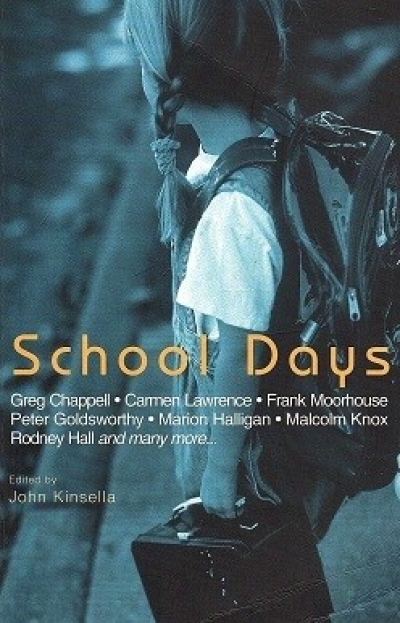Archive
Poetry and Philosophy from Homer to Rousseau: Romantic souls, realist lives by Simon Haines
Running Amok: When news deadlines, family and foreign affairs collide by Mark Bowling
An exhibition with considerable radical chic, Cook’s Pacific Encounters, currently at the National Museum of Australia, Canberra, has stimulated a series of cross-cultural debates at an international conference on the collections made by Captain James Cook and his fellow voyagers (arranged by the Centre for Cross-Cultural Research, Canberra, on July 28). Although there were several centuries of European exploration of the Pacific before the British, the importance of Cook’s voyages was unparalleled before or after. The collection on display in Canberra, primarily assembled by two German scientists, Johann Forster and his son Georg, who accompanied Cook on his second Pacific voyage, is on loan from the University of Göttingen. Like many university collections, it is well conserved and published, but rarely seen. Other parts of the Forster collection are distributed around the globe, the principal holding being at the Pitt Rivers Museum, Oxford.
... (read more)







